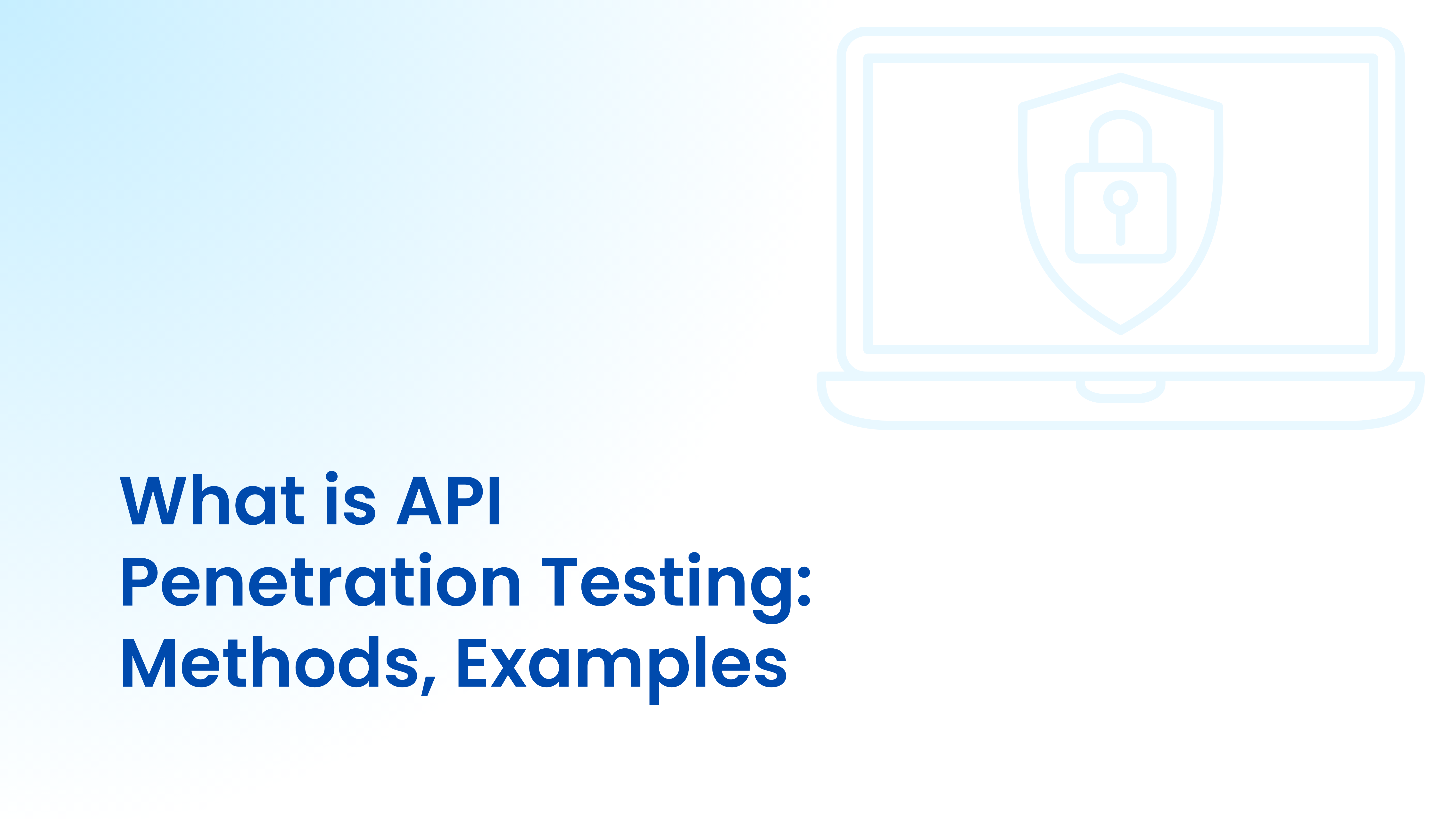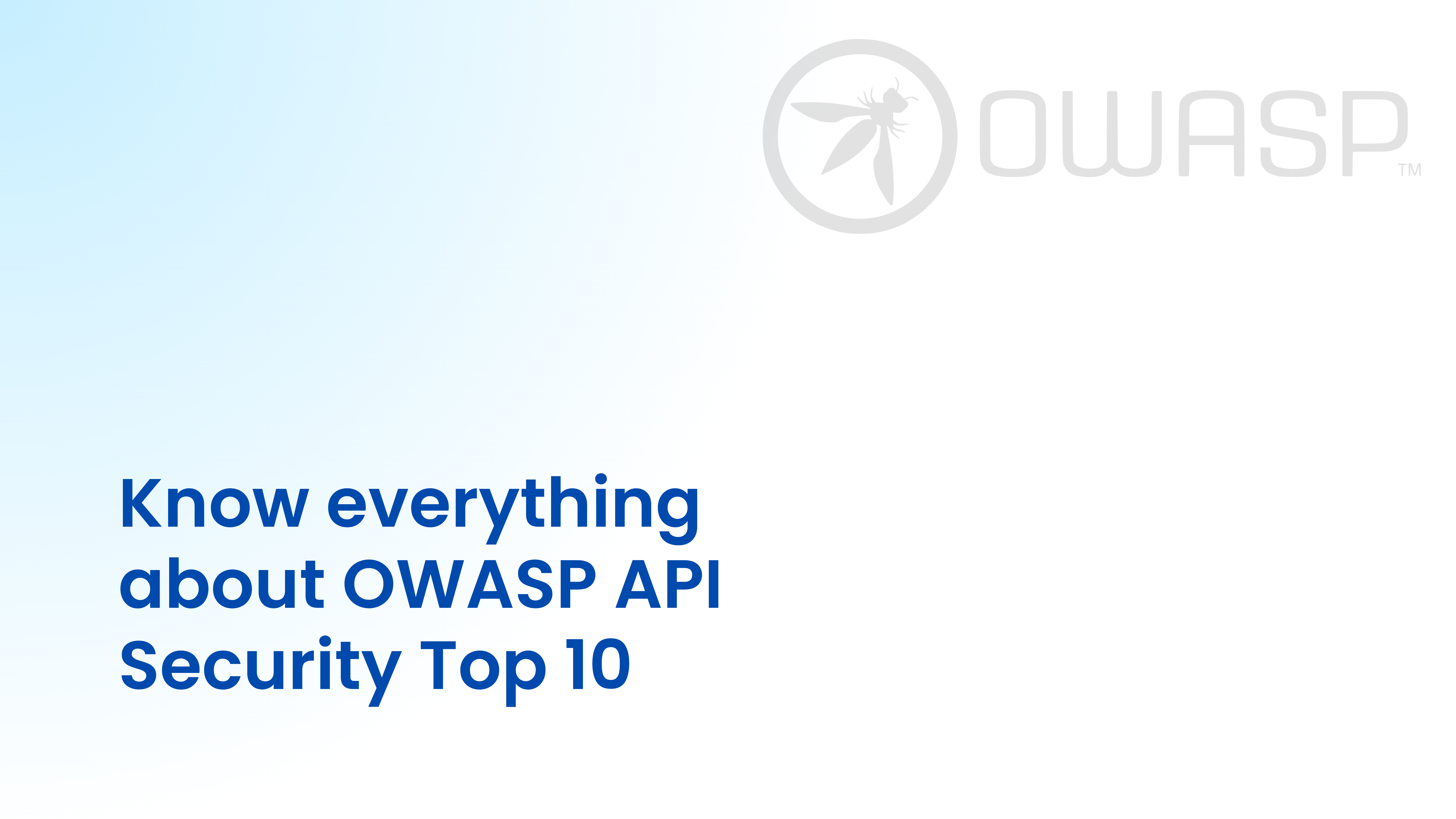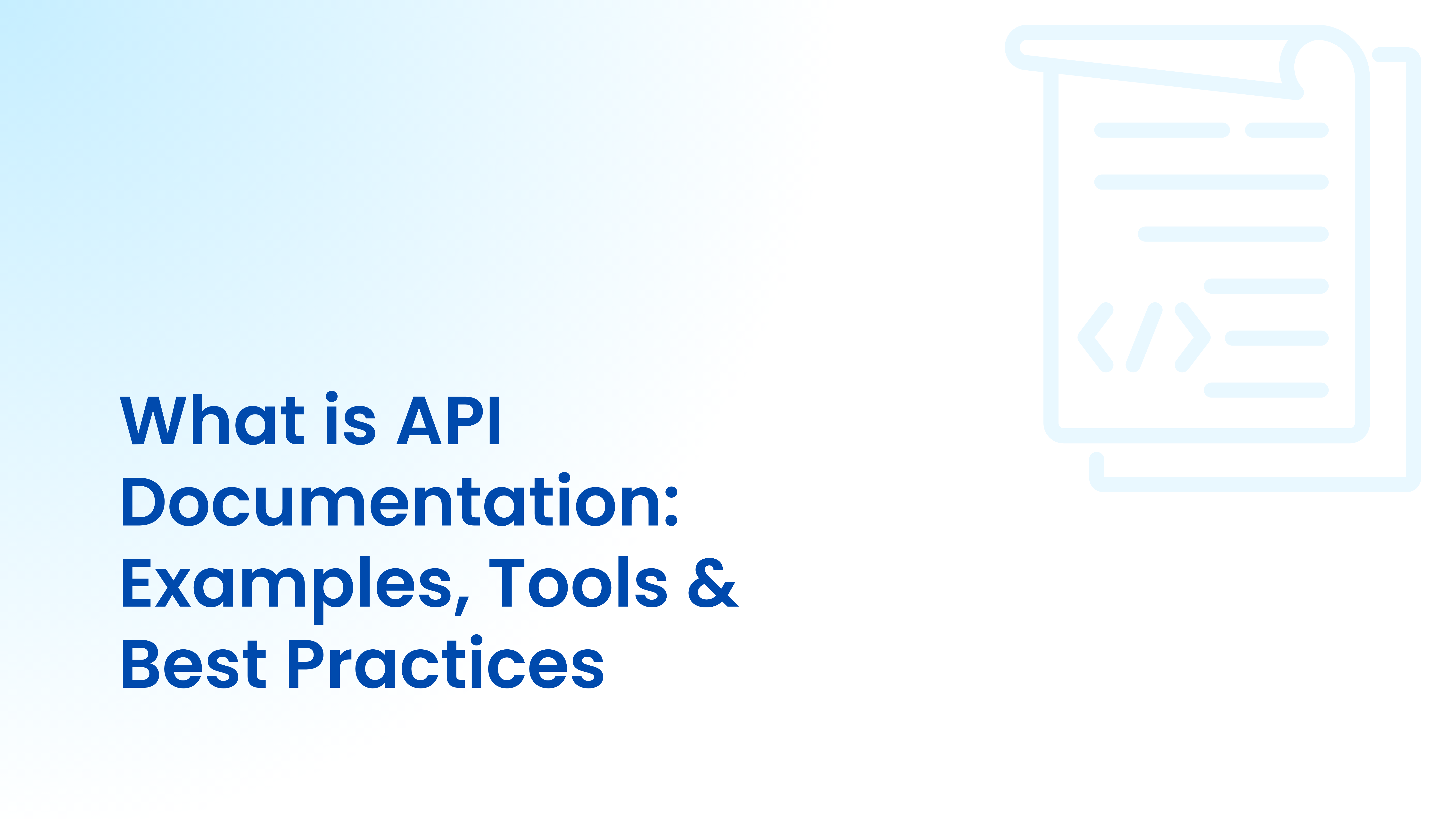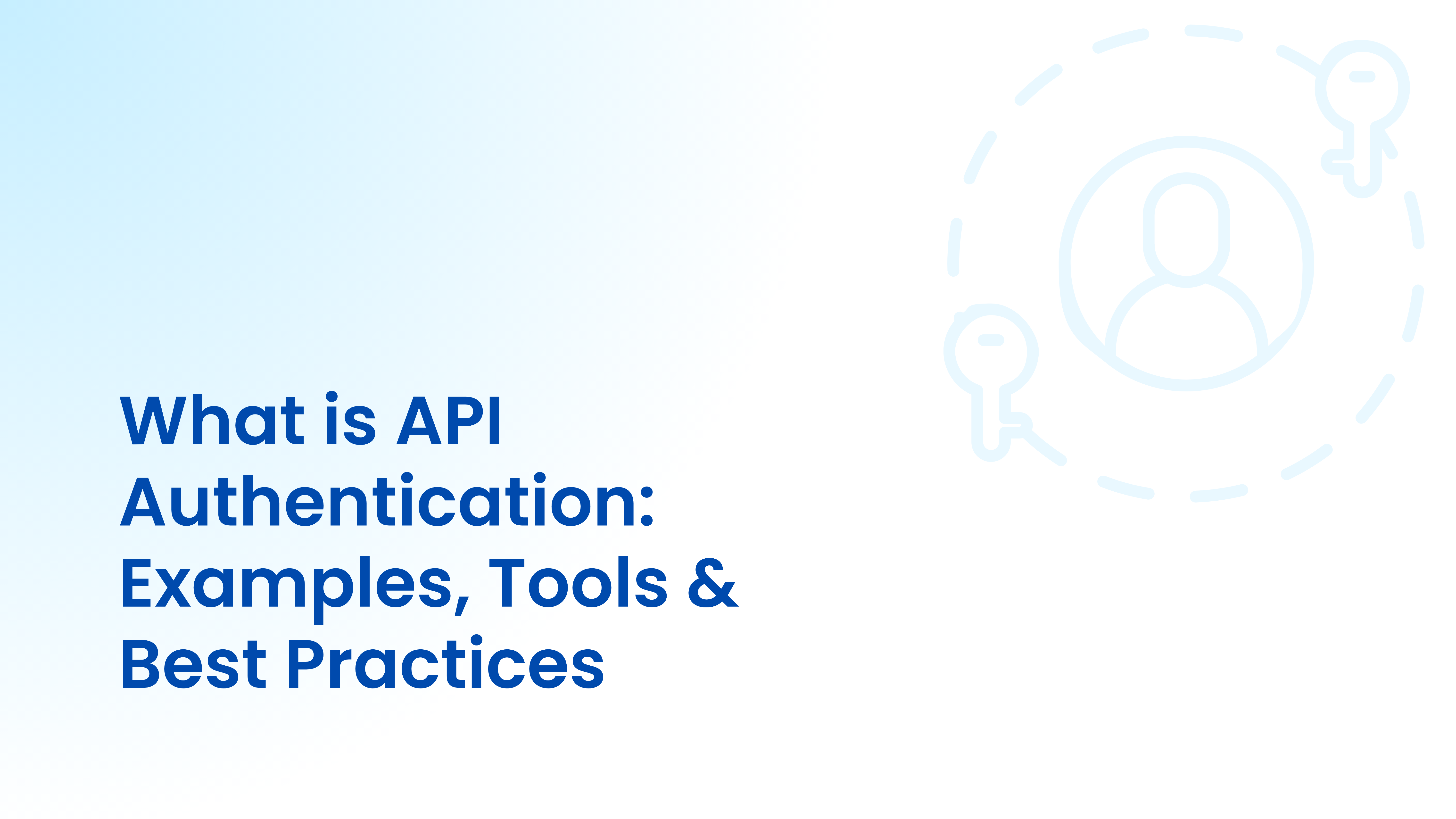APIs now drive over 90% of modern web traffic and underpin everything from mobile banking to AI integrations, yet over 60% of organizations lack continuous monitoring of their live APIs. As digital ecosystems expand across clouds, partners, and third party services; there are performance blind spots, data leaks, and misconfigurations quietly accumulating, which lead to outages, compliance failures, and reputational damage.
Today’s challenge is not just building APIs, but monitoring and governing them at scale in real time. Static logs and periodic scans cannot keep up with dynamic, cloud native environments. Gartner predicts that by 2025, 70% of API related incidents will result from unmonitored performance or security drift, rather than coding errors.
API Monitoring Tools address this visibility gap by delivering always-on observability into API performance, uptime, latency, and security posture across every stage, from development to production. They enable teams to detect anomalies, data leaks, and policy violations before users or regulators do.
The following list highlights the Top 10 API Monitoring Tools for 2025, evaluated for accuracy, automation, and enterprise scalability. Each platform unifies performance monitoring, compliance enforcement, and operational intelligence within a single observability solution.
TL;DR
Explore the 10 most recommended API Monitoring Tools of 2025: Levo.ai, Postman, Datadog, New Relic, Traceable.ai, Akto, Rapid7, Qualys, Splunk, and Grafana Cloud. These platforms deliver real time API monitoring, detect misconfigurations and latency anomalies, and enforce continuous governance across development, staging, and production, ensuring reliability, compliance, and operational excellence.
What are API Monitoring Tools
API Monitoring Tools provide continuous visibility into API behavior, performance, and security across development, staging, and production. They detect outages, sensitive data exposure, and misconfigurations in real time, ensuring every API, from internal microservices to third party integrations, stays reliable, compliant, and aligned with enterprise governance.
By measuring uptime, latency, error rates, and usage patterns, these tools help DevOps and security teams detect issues before they affect users. Automated alerting, detailed analytics, and live telemetry enable faster troubleshooting, SLA compliance, and performance optimization.
In fast moving, distributed environments, manual checks can’t keep up. API Monitoring Tools delivers continuous observability without slowing CI/CD pipelines, turning API performance and posture data into actionable intelligence for continuous reliability and governance.
Why are API Monitoring Tools Essential
When APIs fail, they take away customer’s trust, revenue, and market share with them. When organizations scale to hundreds or thousands of APIs across teams and environments, real time monitoring becomes non-negotiable. Without continuous visibility, performance regressions, misconfigurations, and data exposure can propagate from code to production unnoticed.
API Monitoring Tools ensure every API call meets performance, reliability, and security expectations before users or auditors detect issues. They continuously track uptime, latency, error patterns, and policy compliance, turning operational telemetry into actionable governance. This isn’t just about dashboards; it’s about automated enforcement of security and compliance where it matters most, in code, across pipelines, and into production.
The result is delivering with:
- Security: Detects misconfigurations, token leaks, and sensitive data exposure in real time.
- Compliance: Maintain policy alignment for SOC 2, PCI-DSS, and HIPAA without manual audits.
- Engineering Efficiency: Ship faster with built-in guardrails that prevent deployment delays or rework.
API Monitoring Tools are no longer optional observability addons, but they’re the operational backbone for secure, compliant, and scalable API ecosystems. API Monitoring Tools make governance continuous, context aware, and frictionless, helping organizations enforce trust without slowing innovation.
When to Use API Monitoring Tools
API Monitoring Tools become essential as your API ecosystem grows in scale, complexity, or interdependence, making manual tracking insufficient for reliability or security. With the adoption of microservices, multi cloud architectures, and continuous deployment, real time API visibility is required.
You should use API Monitoring Tools when:
- APIs power critical business operations, and downtime, latency, or data errors directly impact customers, revenue, or SLAs.
- Multiple teams or environments (development, staging, production) rely on consistent API performance and governance across rapid release cycles.
- Frequent changes in APIs i.e. version updates, new integrations, or CI/CD rollouts, increase the risk of unnoticed regressions, broken dependencies, or configuration drift.
- Third party and partner APIs are deeply integrated into your stack, requiring visibility into external dependencies and SLA adherence.
- Security or compliance mandates (such as PCI-DSS, SOC 2, or GDPR) require continuous monitoring of data flows, authentication mechanisms, and exposure points.
- Shadow, deprecated, or misconfigured APIs may exist, creating operational and security blind spots that can’t be caught through static audits alone.
What to look for when choosing API Monitoring Tools?
API Monitoring Tool enforces resilience, compliance, and trust at scale. The right API Monitoring Tools should evolve with your architecture, integrate with your pipelines, and turn real time telemetry into a competitive advantage.
Selecting the right API Monitoring Tool is about more than uptime dashboards, but about continuous visibility, governance, and resilience across a rapidly evolving API ecosystem. The best tools integrate seamlessly into CI/CD pipelines, detect issues before users do, and provide actionable intelligence to DevOps, Security, and Compliance teams.
A good API Monitoring Tool enforces resilience, compliance, and trust at scale. It should evolve with your architecture, integrate with your pipelines, and turn real time telemetry into a competitive advantage.
Here’s what to consider when evaluating API Monitoring Tools:
1. Real Time, Continuous Monitoring
Choose tools that provide always-on observability across development, staging, and production, not periodic checks. Continuous monitoring ensures early detection of outages, latency spikes, and misconfigurations.
2. Coverage Across the Entire API Estate
The tool should monitor all APIs, whether internal, external, partner, and third party, including microservices and shadow APIs, ensuring no blind spots in governance or performance.
3. Automated Misconfiguration and Risk Detection
Look for platforms that automatically detect missing security headers, expired tokens, SSL/TLS inconsistencies, and data exposure, without requiring manual scans or code rewrites.
4. Integration with CI/CD Pipelines
Effective monitoring must work natively with modern development workflows, enabling real time posture checks without slowing deployments or introducing friction.
5. Custom Policy and Governance Enforcement
Tools should allow you to define organization-specific rules and compliance checks, using flexible policy languages (like YAML or Python) and enforce them automatically across teams and environments.
6. Intelligent Alerting and Root Cause Analysis
Advanced tools correlate anomalies, surface actionable insights, and reduce noise by prioritizing high impact issues. Root cause analytics enable faster resolution and lower mean time to detect (MTTD).
7. Scalability and Performance Efficiency
Ensure the platform can monitor thousands of APIs in real time without adding latency or infrastructure overhead, technologies like eBPF-based monitoring are ideal for low impact visibility.
8. Security and Compliance Alignment
Continuous tracking of data flows, authentication mechanisms, and encryption standards is essential for adhering to regulations like PCI-DSS, SOC 2, ISO 27001, and GDPR.
9. Cross Team Visibility and Reporting
APIs touch multiple stakeholders such as developers, security, compliance, and business leaders. Look for unified dashboards and policy driven reporting that give every team actionable context.
Top 10 API Monitoring Tools in 2025
As APIs now drive the backbone of digital business, continuous API monitoring is no longer optional. With more than 80% of production incidents tied to API issues, from latency spikes to misconfigurations, organizations need tools that provide end to end visibility, automated alerting, and actionable insights.
Below are the 10 most recommended API Monitoring Tools of 2025, evaluated for their coverage, intelligence, and readiness for enterprise scale observability.
1. Levo.ai
Overview:
Levo.ai delivers real time API monitoring and posture enforcement across development, staging and production by automatically discovering and observing APIs with kernel level instrumentation.
Levo does it using eBPF powered instrumentation that captures live traffic across production and pre production environments, without agents or latency overhead. It detects access control flaws, sensitive data exposures, and performance anomalies before APIs go live.
Integrations:
GitHub, GitLab, Jenkins, Jira, AWS API Gateway, AWS Fargate, Akamai Edge-worker, Slack, Postman, Burp Suite.
Pros:
- eBPF based passive monitoring with zero latency.
- Unified visibility across dev, staging, and production.
- AI driven anomaly and misconfiguration detection.
Cons:
- Newer entrant in traditional APM circles.
Features:
- Continuous API telemetry and drift detection.
- Sensitive data mapping and access control insights.
- Compliance alignment with SOC2, PCI, and DPDP.
- Automated alerts and SLA tracking.
Pricing:
Custom enterprise pricing; TCO up to 10x lower than agent-based monitoring solutions.
G2 Rating:
2. Postman
Overview:
Postman offers lightweight API monitoring integrated into its testing and collaboration suite. Teams can schedule checks, validate responses, and receive alerts on uptime and performance across environments.
Integrations:
GitHub, Bitbucket, Jenkins, Slack, AWS, Azure, GCP.
Pros:
- Ideal for early stage API monitoring.
- Seamless integration into testing workflows.
- Easy setup with prebuilt dashboards.
Cons:
- Limited runtime coverage for production drift.
Features:
- Scheduled API checks and assertions.
- CI/CD-based uptime tracking.
- Real-time Slack/email notifications.
Pricing:
Free tier; paid plans start at $14/user/month.
G2 Rating:
3. Datadog
Overview:
Datadog offers enterprise grade API monitoring built into its observability platform, correlating API metrics, traces, and logs across distributed systems.
Integrations:
AWS, Azure, GCP, Kubernetes, GitHub, Jenkins, Slack, PagerDuty.
Pros:
- Unified APM and API monitoring.
- AI based anomaly detection and dashboards.
- Strong ecosystem and plugin support.
Cons:
- Cost can scale quickly for large data volumes.
Features:
- API latency, throughput, and error analytics.
- Distributed tracing and dependency mapping.
- Custom dashboards with AI insights.
Pricing:
Starts at $15 per host/month; API monitoring addons priced separately.
G2 Rating:
4. New Relic
Overview:
New Relic extends its observability platform to APIs, offering deep transaction tracing and error analytics across environments.
Integrations:
AWS, Azure, Jenkins, Grafana, Slack, PagerDuty.
Pros:
- Unified app and API monitoring.
- Great visualization of transaction traces.
- Strong alert automation.
Cons:
- Complex pricing model for smaller teams.
Features:
- Real user and synthetic monitoring.
- API latency and dependency tracking.
- AI assisted anomaly detection.
Pricing:
Free tier available; paid plans from $49/user/month.
G2 Rating:
5. Traceable.ai
Overview:
Traceable.ai provides runtime API monitoring focused on detecting anomalous behavior, data exfiltration, and abuse patterns using AI driven analytics.
Integrations:
AWS, GCP, Azure, Kubernetes, Splunk, Datadog.
Pros:
- Strong API security observability.
- ML based anomaly detection.
- Excellent for regulated industries.
Cons:
- Runtime only; lacks pre production coverage.
Features:
- Behavior based risk scoring.
- Data exposure and threat detection.
- Automated attack analytics.
Pricing:
Enterprise custom pricing based on traffic volume, costs scale linearly with API load.
G2 Rating:
6. Akto
Overview:
Akto offers lightweight API monitoring and automated testing during CI/CD cycles. Ideal for fast moving teams needing visibility without heavy instrumentation.
Integrations:
GitHub, Jenkins, Postman, AWS, GCP.
Pros:
- Simple setup and developer friendly UI.
- Great for staging and pre production monitoring.
- Integrates easily with pipelines.
Cons:
- No continuous runtime anomaly detection.
Features:
- Response validation and traffic analysis.
- Scheduled API checks and alerts.
- Drift and broken endpoint detection.
Pricing:
Free community plan; enterprise version starts around $500/month.
G2 Rating:
7. Rapid7
Overview:
Rapid7 provides API level monitoring within its Insight platform, helping organizations track exposure, detect misconfigurations, and align with compliance frameworks.
Integrations:
Splunk, AWS, Azure, GCP, ServiceNow.
Pros:
- Security-driven visibility.
- Strong integration with vulnerability scanning.
- Unified reporting dashboard.
Cons:
- Relies on periodic scans; limited continuous monitoring.
Features:
- Endpoint discovery and posture tracking.
- Vulnerability analytics and exposure scoring.
- Alerting and compliance reporting.
Pricing:
Subscription based; pricing varies by asset and module count.
G2 Rating:
8. Qualys
Overview:
Qualys extends its cloud security platform to include API posture and exposure monitoring. However, it relies primarily on scheduled scans rather than live telemetry.
Integrations:
ServiceNow, Splunk, AWS, Azure, GCP.
Pros:
- Strong compliance and governance capabilities.
- Unified risk dashboard.
Cons:
- No real time API anomaly detection.
- Limited contextual visibility.
Features:
- Scheduled scanning and reporting.
- Asset discovery and configuration insights.
- Compliance tracking (PCI, ISO, SOC).
Pricing:
Starts at $199/month per app; custom enterprise plans.
G2 Rating:
9. Splunk
Overview:
Splunk Observability Cloud offers deep API insights through correlated metrics, logs, and traces, ideal for large, distributed architectures.
Integrations:
AWS, GCP, Azure, Datadog, PagerDuty, Slack.
Pros:
- Excellent log correlation and search.
- Strong enterprise grade scalability.
- Real time API tracing.
Cons:
- Steeper learning curve for setup and queries.
Features:
- Log based API event correlation.
- Custom alerting and anomaly detection.
- Unified dashboards for SREs and SecOps.
Pricing:
Starts at $20 per GB/day of data ingested.
G2 Rating:
10. Grafana Cloud
Overview:
Grafana Cloud combines metrics, logs, and traces for open-source API observability with custom dashboards and alerts.
Integrations:
Prometheus, Loki, Tempo, AWS, Azure, GCP, Kubernetes.
Pros:
- Open source flexibility and transparency.
- Excellent visualization and alerting.
- Cost effective for DevOps teams.
Cons:
- Requires manual setup for deep API metrics.
Features:
- Prometheus powered metrics collection.
- Alerting via Loki/Tempo integration.
- Custom dashboards and SLA tracking.
Pricing:
Free tier available; paid plans from $8/month per user.
G2 Rating:
Benefits of Using API Monitoring Tools
APIs powering over 90% of internet traffic and directly influencing uptime, user experience, and revenue. As systems scale across microservices, clouds, and third party integrations, even a minor latency spike or authentication failure can cascade into large scale outages, data exposure, or SLA violations.
API Monitoring Tools close this gap by delivering continuous, real-time visibility into API health, performance, and security. They turn reactive troubleshooting into predictive, automated control, enabling teams to detect, diagnose, and prevent issues before they impact users or compliance.
- Ensure Continuous Availability: Gartner reports, downtime costs enterprises an average of $5,600 per minute. Continuous API monitoring tracks uptime, latency, and response trends 24/7, allowing teams to spot early degradation and prevent cascading failures. It ensures business continuity even during peak traffic or dependency outages.
- Detect Anomalies in Real Time: Identify unusual traffic spikes, abnormal payloads, or suspicious authentication attempts as they happen, minimizing incident impact.
- Correlate Performance with Business Metrics: Map API health directly to KPIs like transaction volume, conversion rates, and customer experience for fullstack observability.
- Improve Mean Time to Detect and Respond (MTTD/MTTR): Automated alerting and root cause analysis reduce detection and remediation time by more than 50%, enabling faster recovery.
- Gain Full Visibility Across Environments: Consolidate metrics from development, staging, and production into a single dashboard, ensuring consistent observability across multi cloud or hybrid systems.
- Prevent Hidden Failures: Detect downstream dependency failures or third party API slowdowns before they affect end users or business critical workflows.
- Enhance Security Posture: Surface indicators of broken access controls, malformed requests, or data exfiltration attempts to strengthen runtime security alongside performance monitoring.
- Support Compliance and Governance: Maintain audit ready logs for SOC 2, HIPAA, and PCI-DSS compliance by capturing detailed API telemetry and event histories.
- Optimize Developer Efficiency: Enable DevOps teams to diagnose issues instantly, eliminating manual log parsing and guesswork during post incident analysis.
- Enable Data Driven Scaling Decisions: Leverage trend analytics to forecast traffic loads, optimize resource allocation, and support SLA management with data backed precision.
- Deliver Superior User Experience: Continuous monitoring ensures APIs perform reliably under all load conditions, reducing downtime and improving customer satisfaction.
Conclusion: Why Levo.ai is the Right Tool for API Monitoring in 2025
In 2025, where over 80% of digital downtime traces back to API performance or security failures, monitoring can no longer be reactive. User experience and brand trust are measured in milliseconds. Traditional dashboards and latency charts are no longer enough; organizations need context aware, real time observability that prevents incidents before they impact production.
Levo.ai redefines API monitoring by observing traffic directly at the kernel layer using eBPF instrumentation. This allows it to capture every internal, external, and third party API call, even before encryption or gateway abstraction, without adding latency or requiring inline agents. Unlike conventional tools that depend on logs or gateway data, Levo delivers true runtime visibility at the source of execution.
Levo’s monitoring engine continuously identifies misconfigurations, access control violations, and sensitive data exposures across your entire API estate. Each detection is enriched with behavioral and contextual metadata, helping teams pinpoint root causes and respond instantly, cutting mean time to resolution (MTTR) by up to 60%.
This unified, privacy first approach transforms monitoring from a reactive task into a strategic control layer for reliability, compliance, and security:
- Security: Detects and blocks broken access controls or data exposures in real time, before attackers can exploit them.
- Reliability: Tracks latency, uptime, and anomalies continuously across hybrid and multi cloud environments.
- Compliance: Maintains continuous telemetry aligned with SOC 2, HIPAA, and PCI-DSS requirements.
- Operations: Reduces incident response time, eliminates blind spots, and ensures full observability from Dev to Prod.
Levo.ai turns API monitoring from passive observation to active assurance, empowering teams to protect availability, enforce security, and sustain performance with precision and confidence.
Monitor APIs in Real Time with Levo. Book your Demo today to implement API security seamlessly.


.png)




